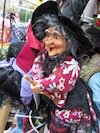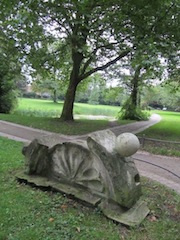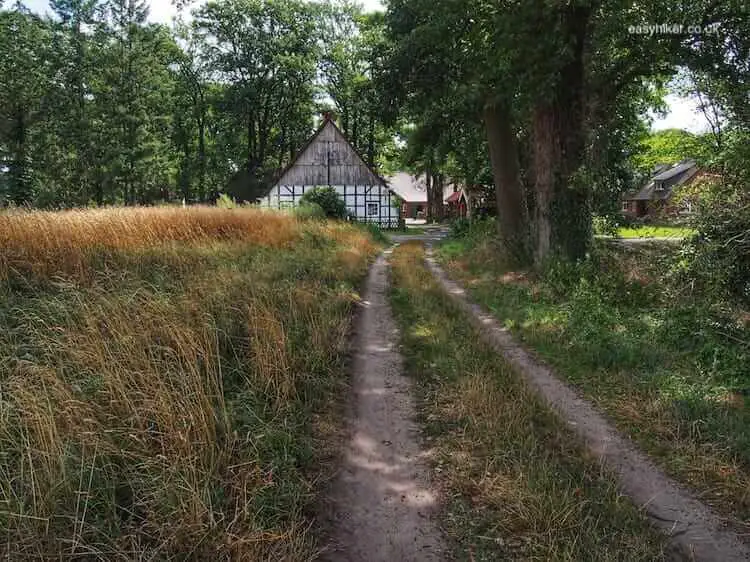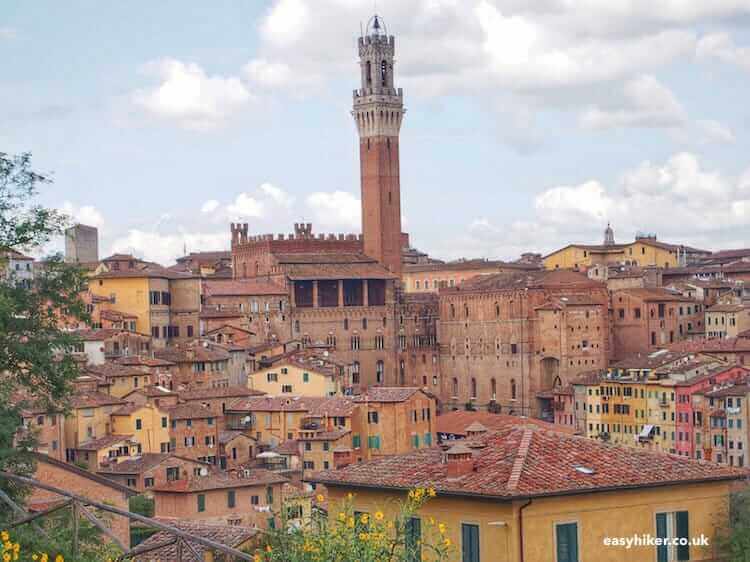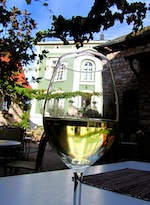As the saying goes, the past is never dead. It is not even past.
Passing through almost any town or village in Europe, you can – with a little skill and effort – still spot the stains of dried blood that have been left behind by the crimes and misdemeanours of past centuries.
Perhaps you can even manage to hear the wailing of tortured souls: there are many ghosts in the streets of Europe.
In today’s walk, we shall look for the traces of a particularly shameful crime. Late in the Middle Ages, when science and the enlightenment were already making headway in the universities and big cities, many rural folks in Central and Eastern Europe decided that they needed no metropolitan experts to tell them which way the world turned.
They had their alternative facts to combat the fake news of gravity and heliocentric cosmology, and these facts generally involved magic, most of it black.
Between 1550 and 1650, about 3 million trials were conducted to weed out and drown witches and magicians. An estimated 50,000 people were killed.
The village of Rellinghausen in Western Germany …
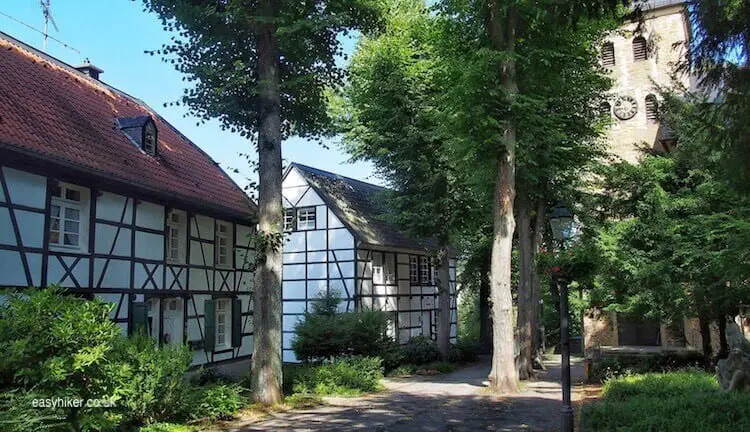
… was particularly rigorous in the pursuit of evil.
Between 1570 and 1595 alone, 42 of Rellinghausen’s inhabitants were executed for witchcraft – out of a population of less than 600.
Nowadays, Rellinghausen is a handsome suburb to the busy cities of the Ruhr, less than a ten-minute drive away from Essen, but we were intrigued: would it still be possible to hear an echo of past terrors, however faint?
Did they really drown witches in Rellinghausen?
We start the walk at the Annental bus stop (line no. SB15 from bus stop 7 in front of Essen Central Station). Turn right into Frankenstrasse at the busy intersection and right again into the road called St. Annental.
Walk through the narrow underpass …
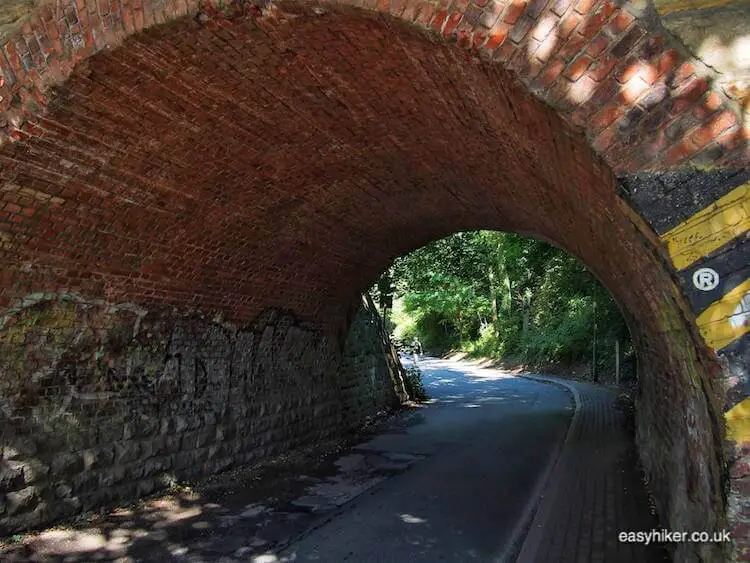
… and slightly uphill until, after approx. 500 metres, you find the Annenkapelle on your left hand side.
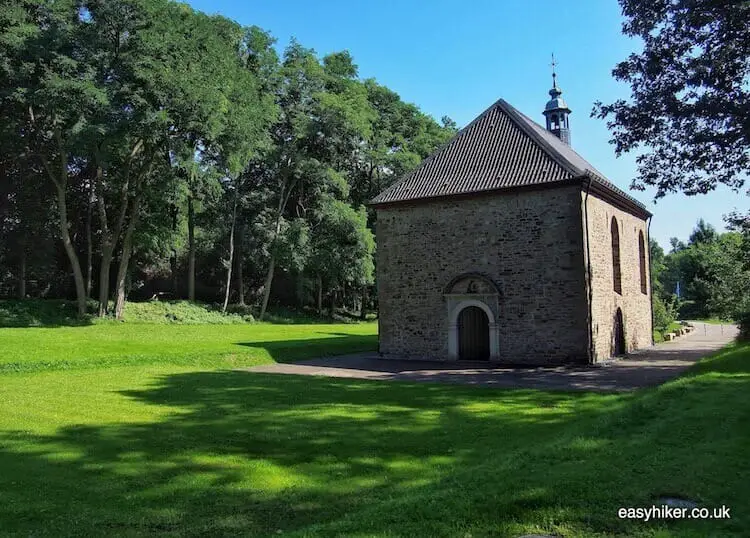
The story behind the Annenkapelle gives you a good insight into the “medieval mind” and how the people at the time read and understood the world.
In July 1516, a silver chalice and a leather pouch were stolen from Rellinghausen’s main church. When the thieves, who had apparently expected to find gold and silver coins inside the pouch, found out that it actually contained consecrated communion wafers (or hosts), they disposed of the hosts immediately in the woods along the way.
The next morning, a local shepherd noticed – with some astonishment, as he later recalled – that his sheep appeared to be kneeling down in front of a thorn bush, and when the shepherd was investigating what may have caused his animals’ strange behaviour, he found the hosts that had been thrown away by the thieves.
The following spring, an image of the hosts became visible in the new leaves of the bush, and the decision was made to build a chapel on the very same spot (in honour of St. Anne on whose patron’s day the “miracle” had occurred).
To find the church from where the hosts had been stolen, walk further up St Annental street and continue straight across the intersection into Walpurgistal street before turning left at the next crossing (“Am Glockenberg”).
After a little less than half a kilometre, you will find the remnants of a medieval convent on the left side of the road, featuring St. Lambertus Church (much altered but the clock tower is an authentic 13th century construction) …
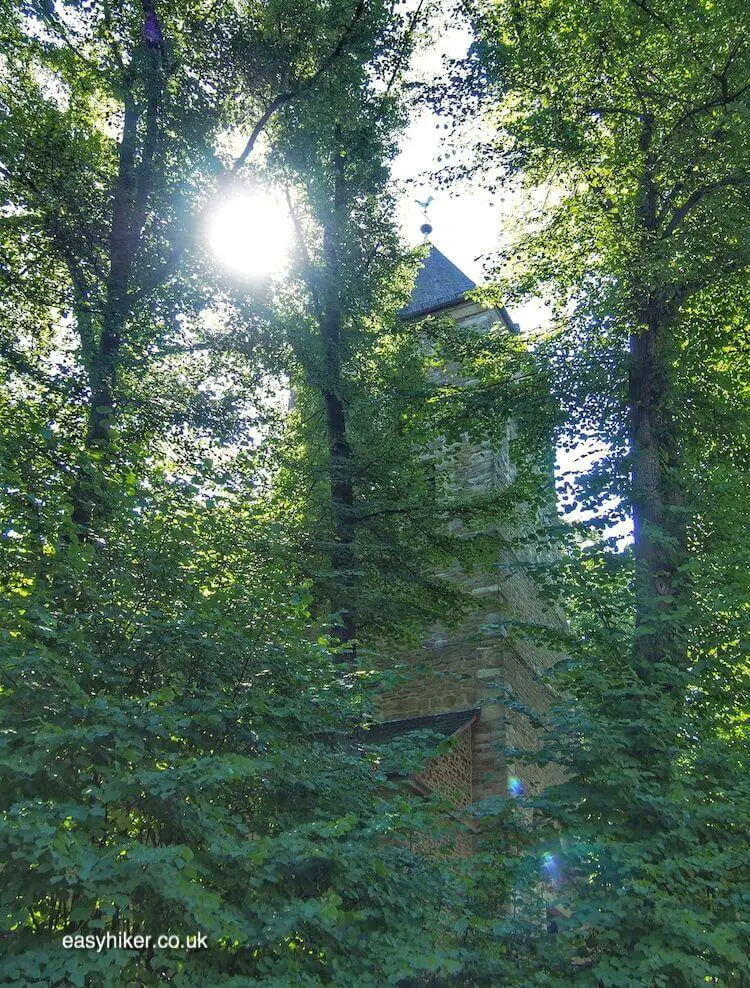
… and many historical half/timber framed buildings, …
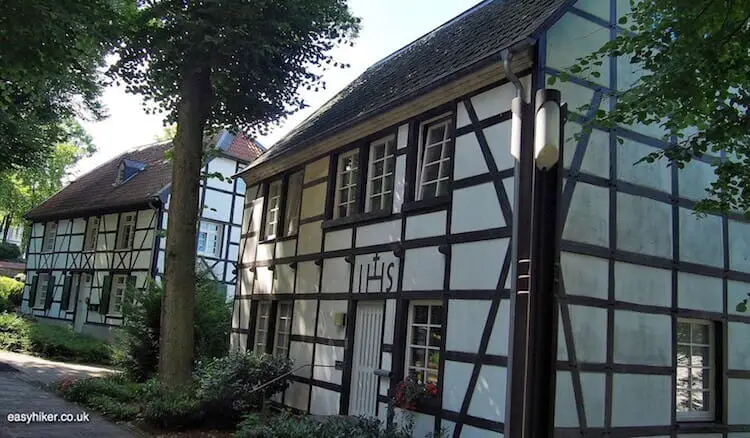
… including the old 4-storey brewery where every local had the right to brew his own beer in the vats of the convent.
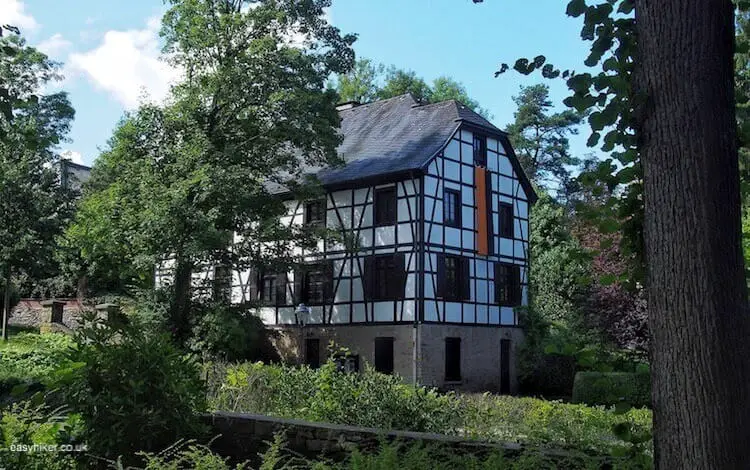
Have a good look around the grounds of the ancient monastery – which was founded in the 10th century – before crossing the local high street on the far side into Stiftstrasse.
Turn left here into Oberstrasse into the actual village, which is well preserved and features many historical buildings including the Bluecherturm …
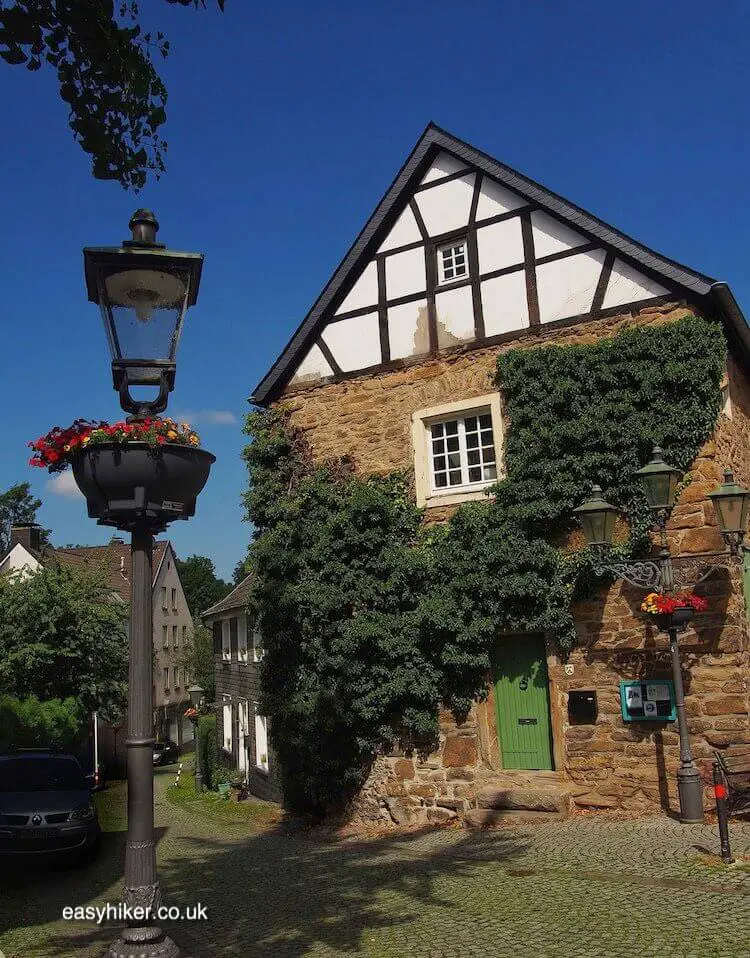
… where the witchcraft trials were conducted.
The prisoners were held here in a dungeon underneath the ground floor, from where they would be – if found guilty – be led straight to their execution.
To find out more about the gruesome final chapter of these trials, we continue down Stiftstrasse and cross the high street once again to continue into Rellinghauser Strasse.
Opposite the ancient Stiepelturm, originally part of the monastery’s 15th century fortifications, …
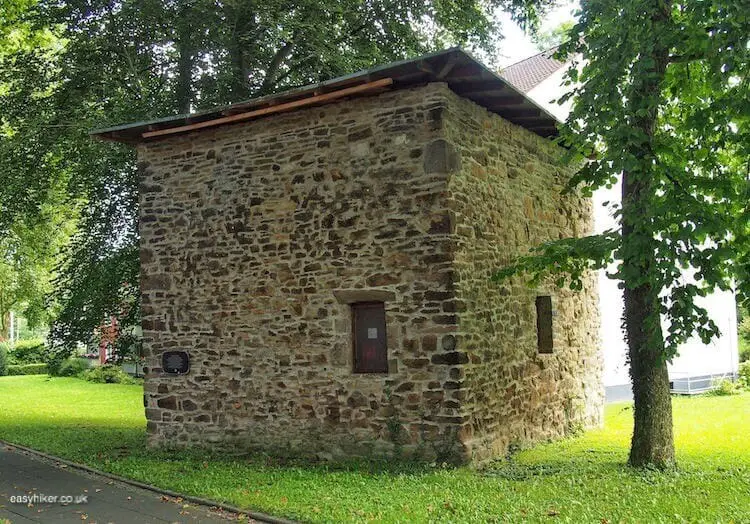
… we cross into the grounds of the convent once again, but keep to the right, walking towards and eventually across the old railway bridge.
On this part of the walk, approx. 1 km straight down the route of a former railway line, we can reflect a little on how easy it was to fall foul of the 15th century thought police.
There is the story of a man called Buttermann who, one day, helped a local wine merchant to pull his car out of muddy ditch – with the assistance of, as the wine merchant later reported, “seven huge cats with red fur and eyes of fire” who disappeared in a “cloud of sulphur” never to be seen again.
On the basis of this testimony, the helpful Mr. Buttermann was burnt at the stake for collusion with the devil.
Related Read: Hexenstieg: Where Witches Go Hiking
Turn right from the footpath to join busy Wuppertaler Strasse and return to the intersection with Frankenstrasse, where our walk began.
There is a small lane that leads down to the river Ruhr: it was here where they drown witches and magicians after they’ve been tied up then thrown into the water: if the “suspects” failed to sink, this was a sign that they were in cahoots with Satan, so they would be pulled out and clubbed to death.
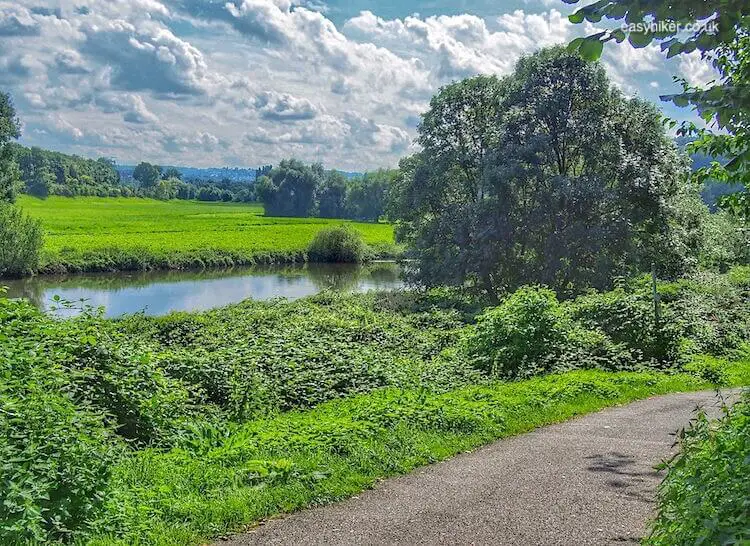
If, however, they sank (and drowned), this meant that they had been innocent and that, while their bodies might have been lost, at least their souls could rest peacefully for all eternity.
This procedure had a name, too: it was known as the Hexentaufe or “Witch’s Baptism”, and there is a street near-by …
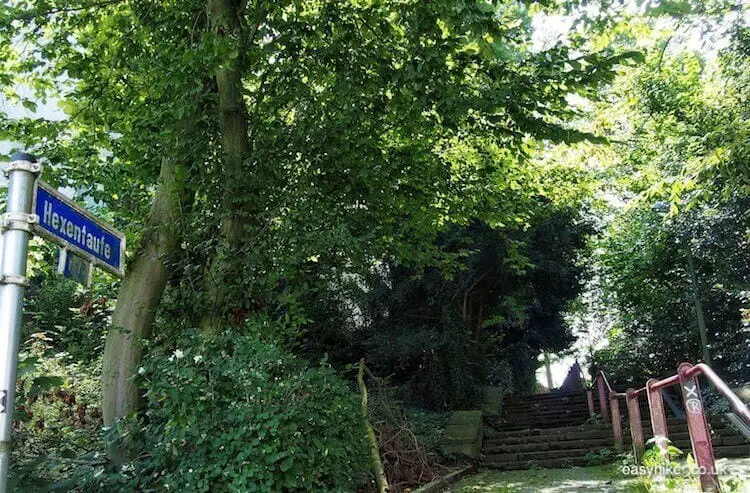
… that commemorates this barbaric practice. Aren’t you (sometimes, at least) glad you live in the modern age?

